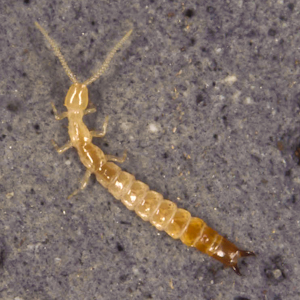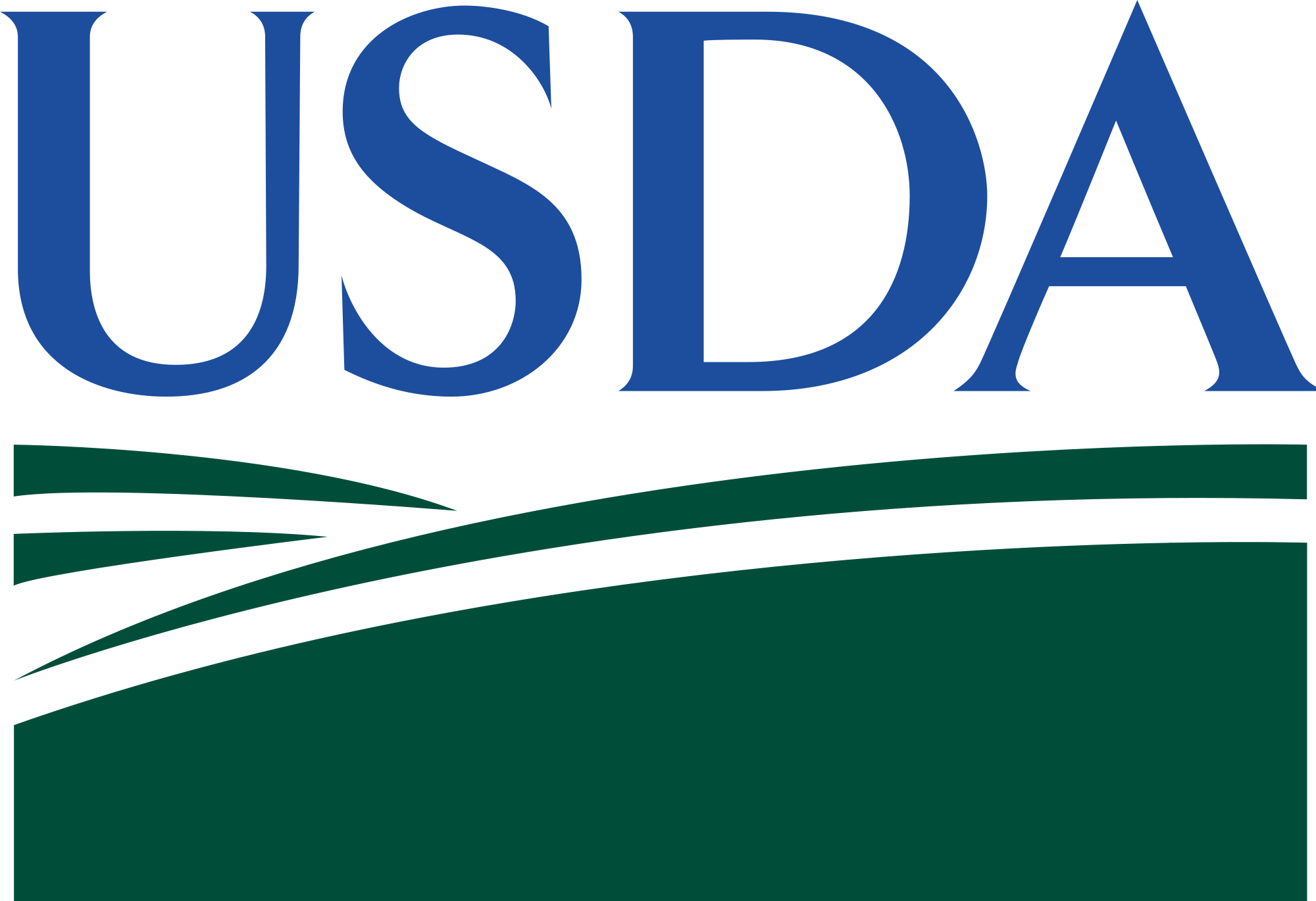Catajapyx aquilonaris
| Resource Type | Organism |
|---|---|
| Genus | Catajapyx |
| Species | aquilonaris |
| Common Name | Silvestri's Northern Forcepstail |
| Description | The japygid Catajapyx aquilonaris is a blind predator of the soil. Like Protura (Acerentomon maius) and Collembola (Sminthurus viridis), Diplura lack wings, mirroring the wingless insect ancestor. Like in all primarily wingless hexapods, sperms are not transferred directly during copulation. Males rather deposit a spermatophore on the ground and females subsequently take the spermatophore up. Diplura are critical for understanding the evolutionary origin of Hexapoda (e.g., terrestrialization), the evolutionary origin of wings (ancestral condition in Diplura), and the evolution of direct sperm transfer (ancestral condition in Diplura). Data were generated by the Baylor College of Medicine's i5k pilot project. View the Baylor College of Medicine's data sharing policy. Genome update. Previously, the i5k Workspace@NAL hosted Whole genome assembly of Catajapyx aquilonaris, BCM annotation of the Catajapyx aquilonaris assembly using Maker and additional analyses and Functional annotation of Catajapyx aquilonaris BCM version 0.5.3. The assembly and annotations have updated to the most recent assembly, Catajapyx aquilonaris genome assembly Caqu_2.0 (GCA_000934665.2), Lifted BCM annotation of the Catajapyx aquilonaris assembly using Maker and additional analyses and Functional Annotation of Lifted BCM annotation of the Catajapyx aquilonaris assembly using Maker and additional analyses. |
| Publication | Thomas GWC, Dohmen E, Hughes DST, Murali SC, Poelchau M, Glastad K, Anstead CA, Ayoub NA, Batterham P, Bellair M, Binford GJ, Chao H, Chen YH, Childers C, Dinh H, Doddapaneni HV, Duan JJ, Dugan S, Esposito LA, Friedrich M, Garb J, Gasser RB, Goodisman MAD, Gundersen-Rindal DE, Han Y, Handler AM, Hatakeyama M, Hering L, Hunter WB, Ioannidis P, Jayaseelan JC, Kalra D, Khila A, Korhonen PK, Lee CE, Lee SL, Li Y, Lindsey ARI, Mayer G, McGregor AP, McKenna DD, Misof B, Munidasa M, Munoz-Torres M, Muzny DM, Niehuis O, Osuji-Lacy N, Palli SR, Panfilio KA, Pechmann M, Perry T, Peters RS, Poynton HC, Prpic NM, Qu J, Rotenberg D, Schal C, Schoville SD, Scully ED, Skinner E, Sloan DB, Stouthamer R, Strand MR, Szucsich NU, Wijeratne A, Young ND, Zattara EE, Benoit JB, Zdobnov EM, Pfrender ME, Hackett KJ, Werren JH, Worley KC, Gibbs RA, Chipman AD, Waterhouse RM, Bornberg-Bauer E, Hahn MW, Richards S. Gene content evolution in the arthropods.. Genome biology. 2020 01 23; 21(1):15. |
| Organism Image |  |
| Image Credit | Copyright Nikola Szucsich |
 An official website of the United States government.
An official website of the United States government.
